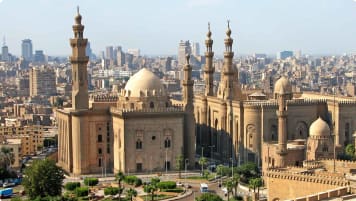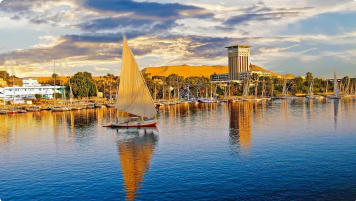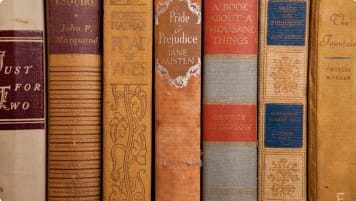Discover Egypt with ten great books
Discover Egypt with ten great books Egypt captures the imagination and heart of us all. It is often our introduction to ancient history, and the mysteries of the pyramids and myths of pharaohs remain alive…
14 Mar 18 · 2 mins read
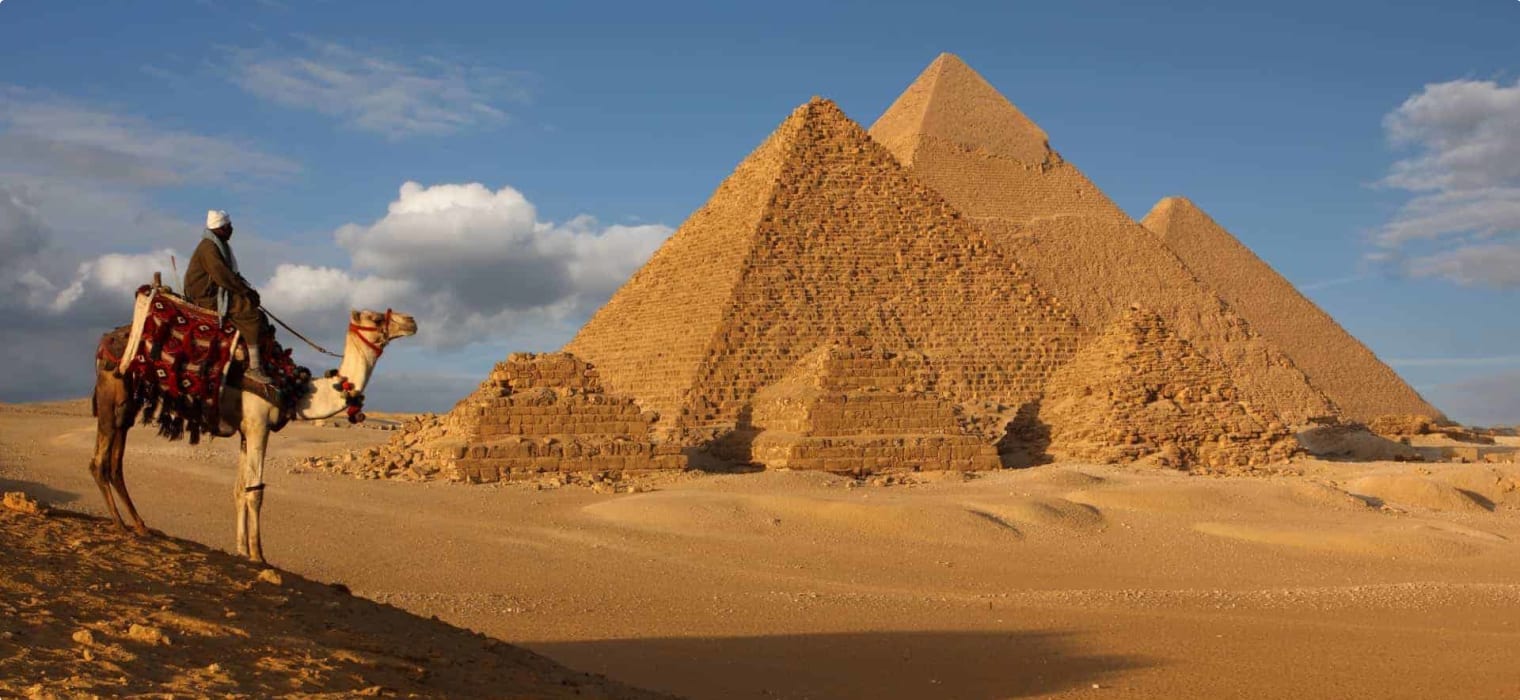
Discover Egypt with ten great books
Egypt captures the imagination and heart of us all. It is often our introduction to ancient history, and the mysteries of the pyramids and myths of pharaohs remain alive within us since childhood. Odyssey Traveller offers small group escorted tours to Egypt designed especially for senior travellers. On our Egypt tour: escorted small group history & cultural tour of Egypt, we engage the services of leading Egyptologists and local guides to provide unique insights into this country’s history. We also reflect upon Egypt today, and emerge with a fuller picture of this exotic destination, and an even greater appreciation of its charms. Highlights of our tour of Egypt include a walking tour of the Great Pyramids in the company of field experts. We have the opportunity to take a camel ride against the desert backdrop, but we also venture beyond Cairo and off the beaten track.
Our destinations include the Egyptian Museum, fully escorted by a qualified Egyptologist, and seeing the Oasis of Wadi El Seboua, Alexandria, and El Alamein. We also enjoy a cruise down the spectacular Nile River and enjoy shore excursions to Luxor, the Valley of Kings, and Kom Ombo. We will have the opportunity to take in the Red Pyramid, the Valley Temple, and the Sphinx. We also visit the Temple of Philae, the 3000 year old Abu Simbel, and Lake Nasser.
Ten great books to read about Egypt for mature & senior travellers
If you are interested in visiting Egypt, the following reading list may help to prepare you for your small group tour.

The Rise and Fall of Ancient Egypt (2010)
Public Culture and Islam in Modern Egypt: Media, Intellectuals and Society (2016)
Egypt on the Brink: From Nasser to the Muslim Brotherhood (2013)
Arab Fall: How the Muslim Brotherhood Won and Lost Egypt in 891 Days (2016)
Napoleon in Egypt (2009)
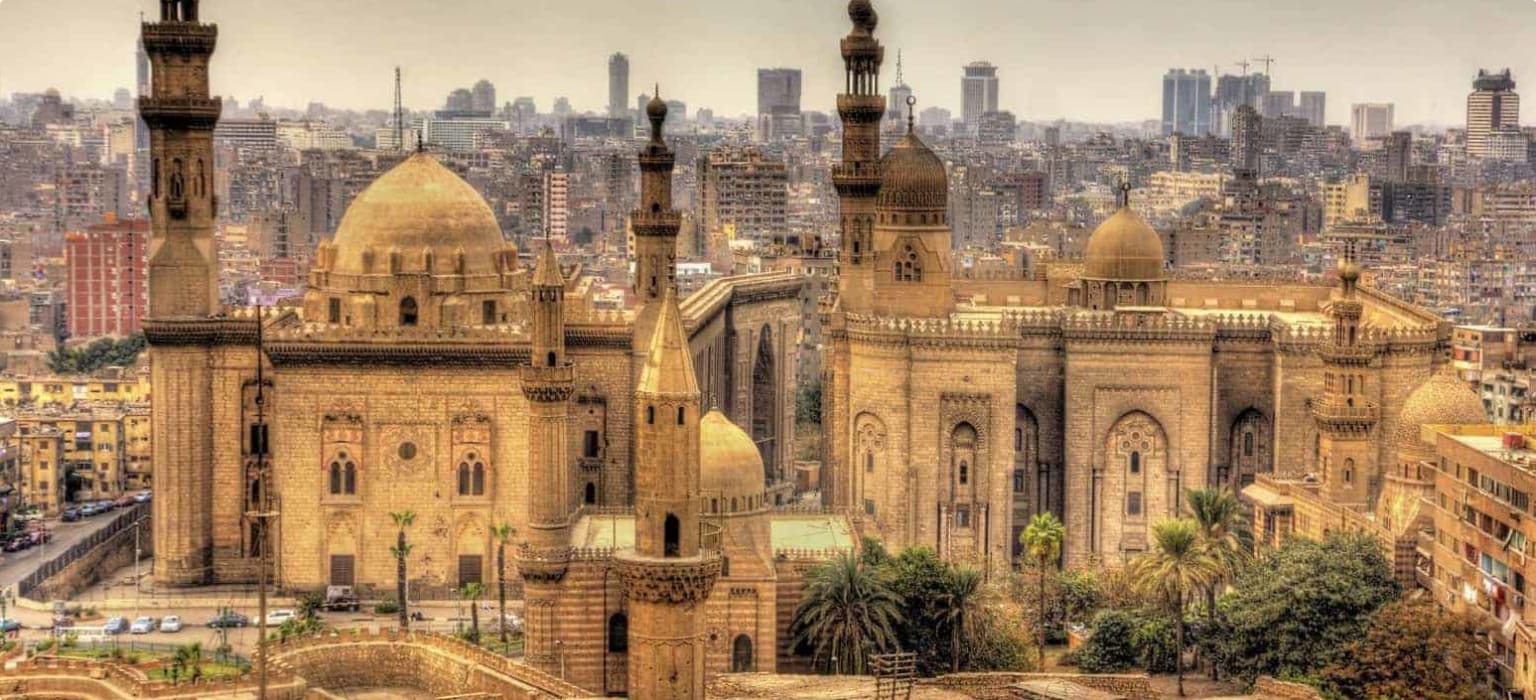
Creative Reckonings: The Politics of Art and Culture in Contemporary Egypt (2006)
The Automobile Club of Egypt: A Novel (2015)
Egyptian Myth: A Very Short Introduction (2004)
Ancient Egypt (1997)
Egyptian Mythology: A Guide to the Gods, Goddesses, and Traditions of Ancient Egypt (2004)
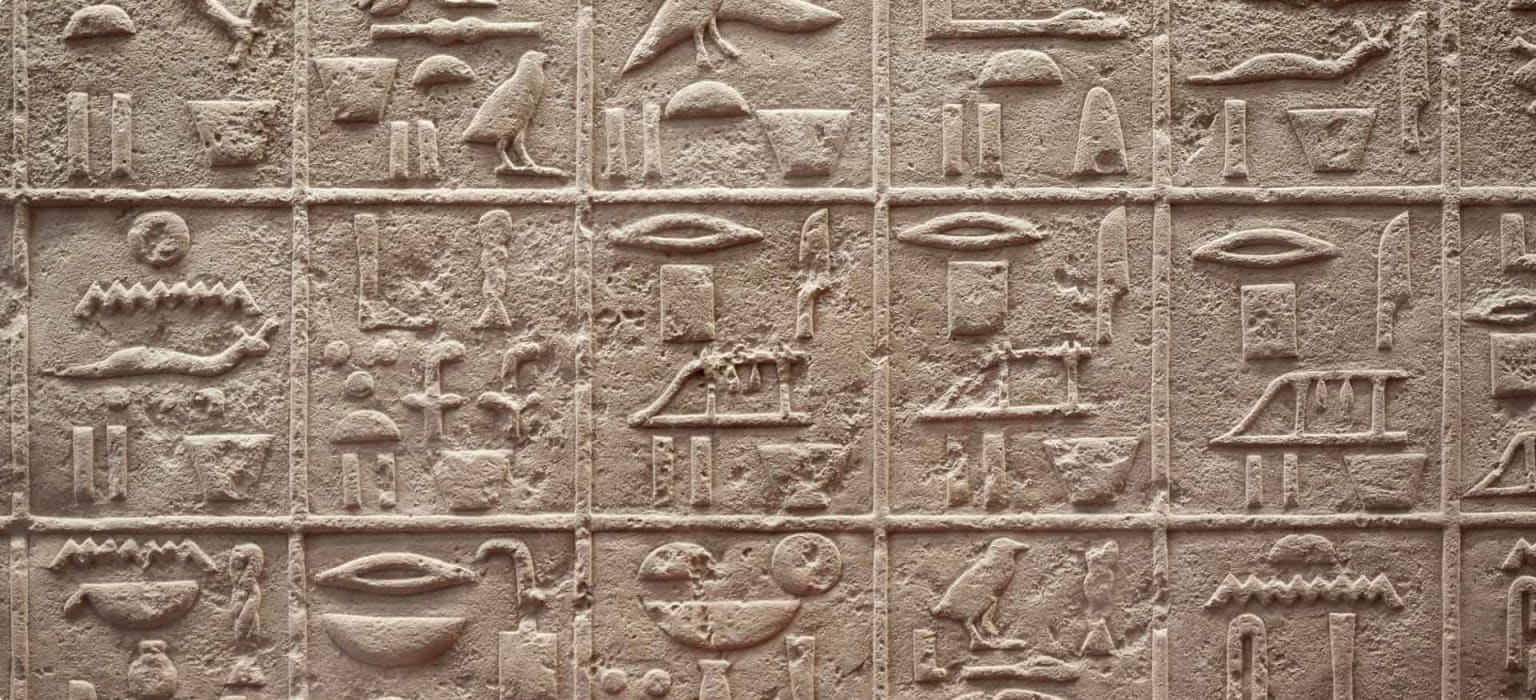
Related Tours
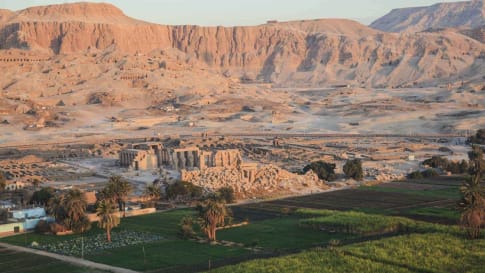
18 days
Nov, JanEgypt tour: escorted small group history & cultural tour of Egypt
Visiting Egypt
Our small group program for senior and mature couples and solo travelers takes us to contemporary feats such as the Aswan Dam and also to current crucibles of the Egyptian experience such as Tahrir Square. Proof, were it needed, that Egypt’s role as the pivot of civilisation is far from ended. There is the opportunity to visit our Morocco, Jordan or Iran tours before embarking on this tour of Egypt.
From A$12,950 AUD
View Tour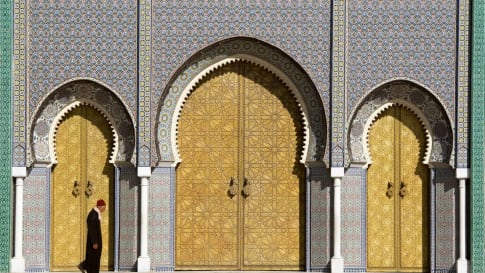
20 days
Apr, Oct, MarMorocco tour for senior travellers
Visiting Morocco
Embark on an unforgettable journey through Morocco: A Gateway to a world of vibrant colors, cultural diversity, and endless wonder. Join our escorted small group tour designed for senior travellers, whether you're a couple or a solo adventurer, and immerse yourself in the captivating allure of Casablanca, Fez, Meknes, Rabat, Marrakech and beyond. Experience the richness of Moroccan traditions and heritage as we explore this enchanting destination.
From A$11,915 AUD
View Tour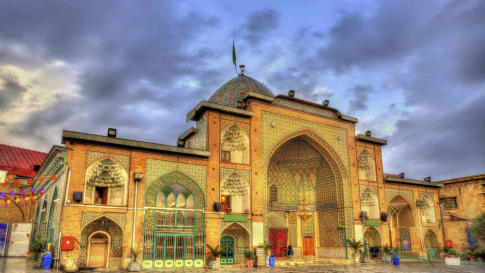
17 days
Sep, Nov, AprIran Culture and History Escorted Small Group Tour for seniors
Visiting Iran
Unlike its neighbours to the west and northwest, Iran had not adopted Christianity and it was the explosive spread of Islam and its ready adoption, without the Arabic language or customs, which helped unite the culture and greatly enrich Persian heritage. This small group tour program includes the great cities of Iran, historic sites, mosques, gardens, bazaars and teahouses for couples and solo travellers.
From A$11,825 AUD
View Tour